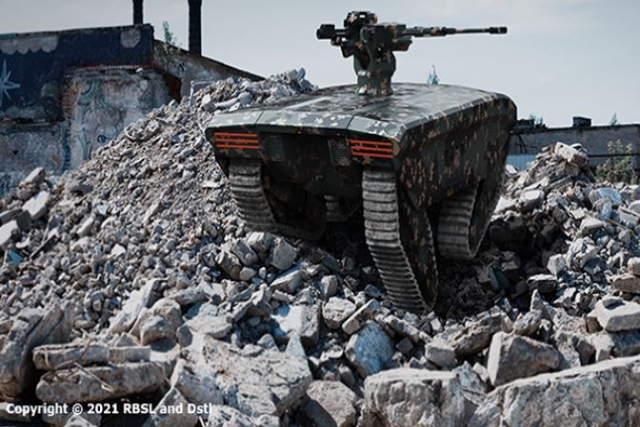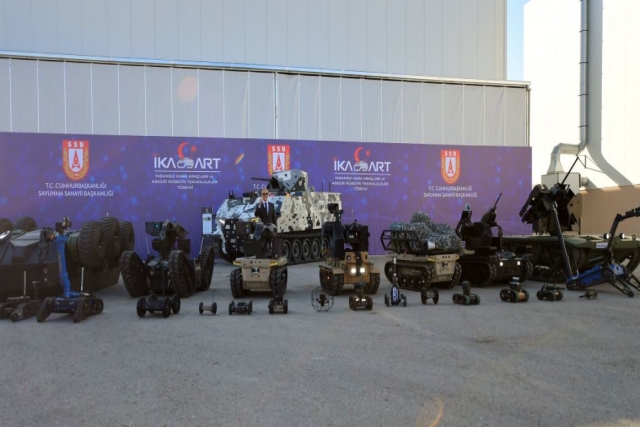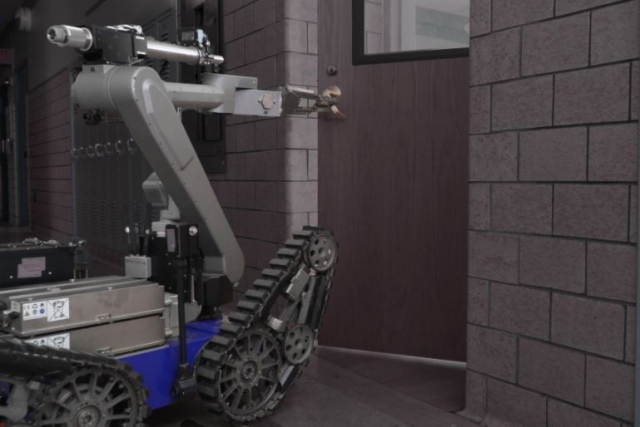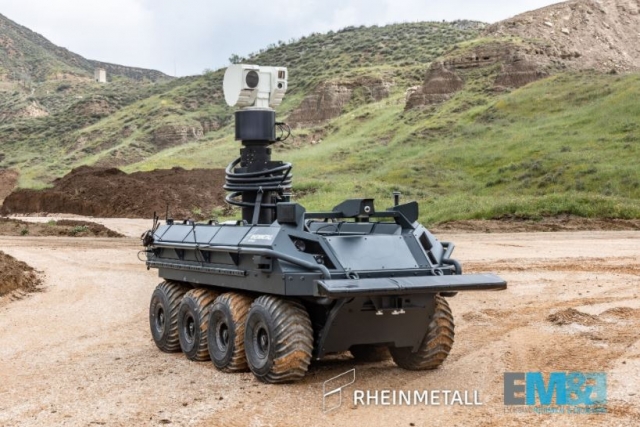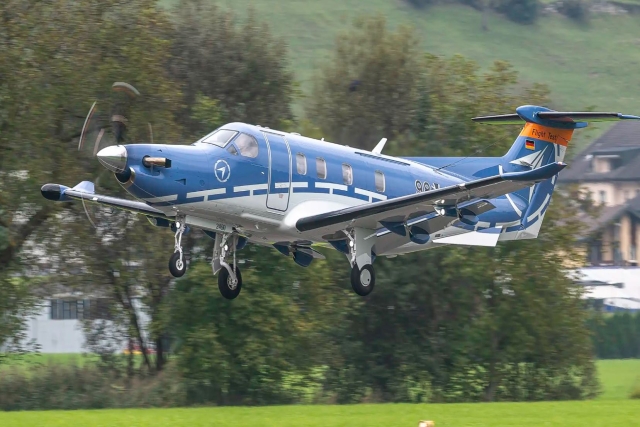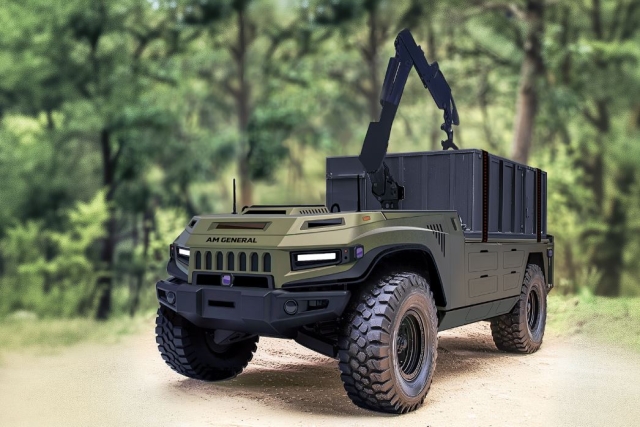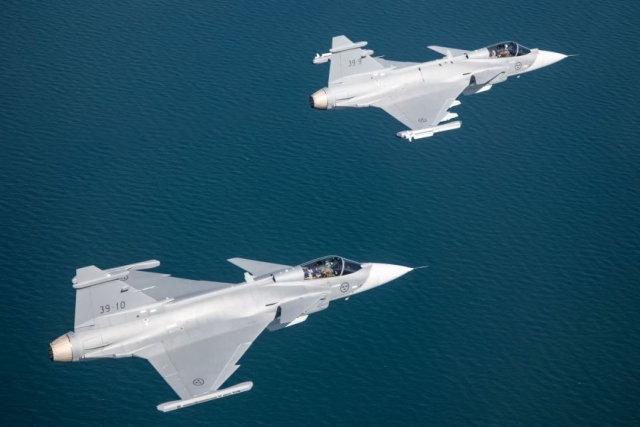Indian Army to Hold Unmanned Ground Vehicle Experiment
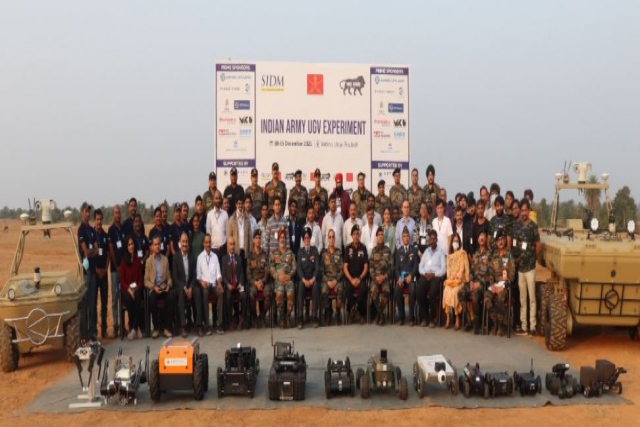
The Indian Army is holding first-of-its-kind Unmanned Ground Vehicle (UGV) experiment, providing the local industry an opportunity to showcase its capability.
The service is on the lookout for UGVs to assist infantry troops in high-altitude areas such as Ladakh with surveillance, tactical reconnaissance, targeting enemy positions, delivering critical supplies, and carrying out rapid evacuations. The UGV should also be able to operate in varied terrain conditions, including deserts, plains, mountainous and high-altitude areas, existing along our borders.
A dozen Indian companies will showcase 35 such platforms to the Army from December 9-14 in an experiment called "Strike"—surveillance, tactical recce, intelligence, kinetic effect, and evacuation systems. An official told India Today, “Over 30 different types of unmanned ground vehicles will be showcased by the developers, and these will be imbedded with sub-units for tactical exploitation. The experiment involves various categories of UGVs, viz., surveillance, reconnaissance, intelligence, kinetic effect, logistics, casualty evacuation.”
The Army's requirements for the platform state that the UGVs should be able to carry a load of 250-500 kg. It should also have a weapon platform variant mounted with a machine gun. The army wants the vehicles to be operated remotely as well as in an autonomous mode.
The unmanned vehicles can also be used for explosive detection and neutralisation of improvised explosive devices. The army has stated that a robotic arm with the capacity to lift a minimum weight of 5 kg is a must.
The requirements further state that it should be able to place explosives and carry out remote detonations of identified IEDs and mines.
Torus Robotic Pvt Ltd., a Chennai-based start-up, recently tied up with Bharat Earth Movers Limited (BEML) to jointly develop a 750kg Artificial intelligence (AI)-based UGV.
